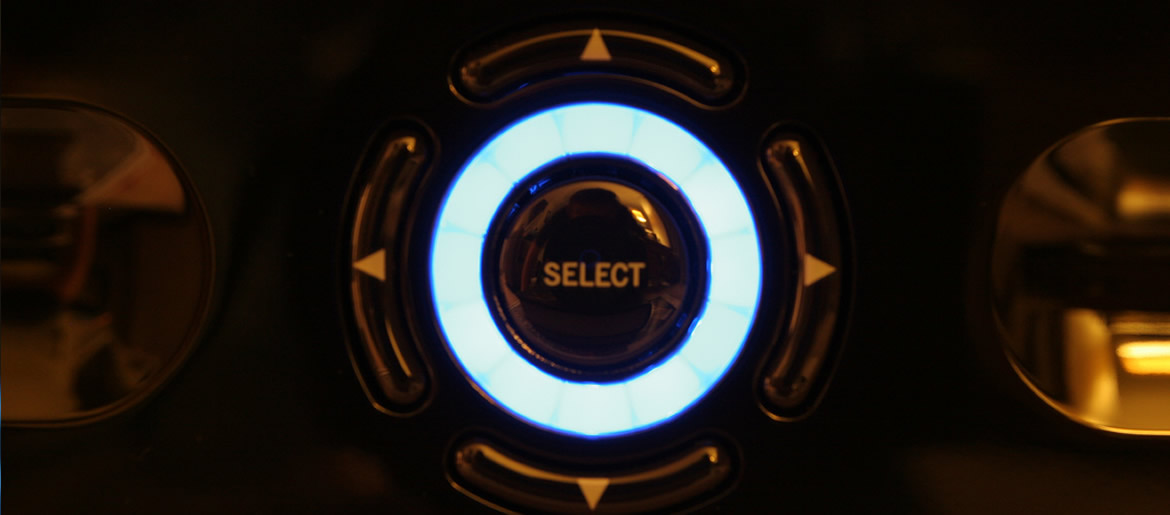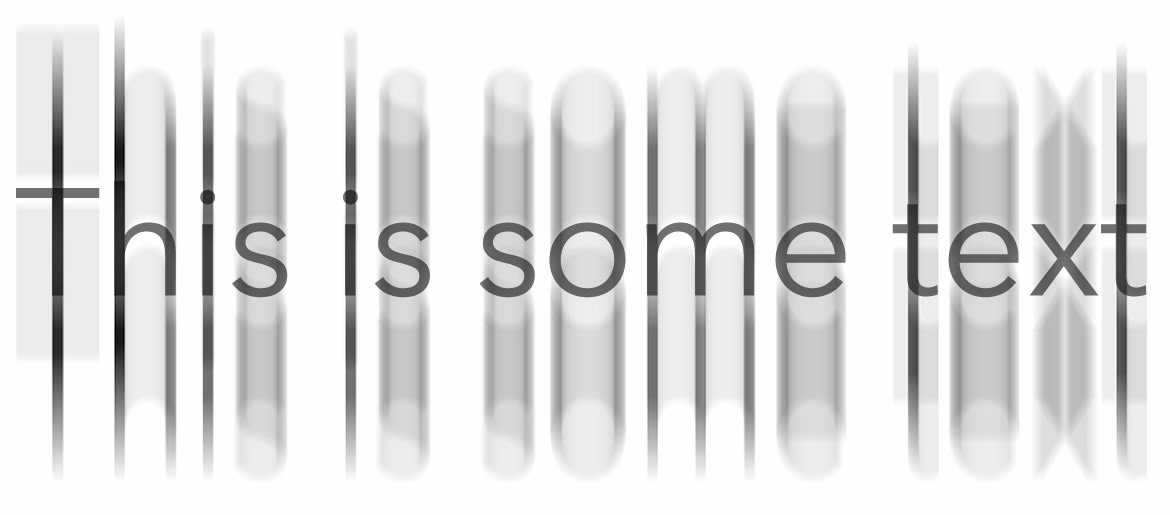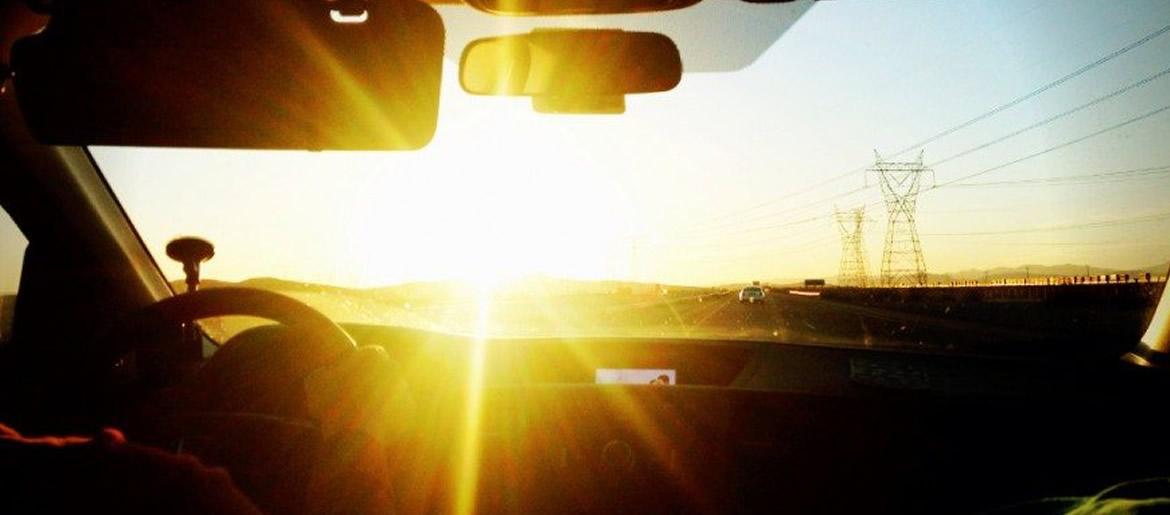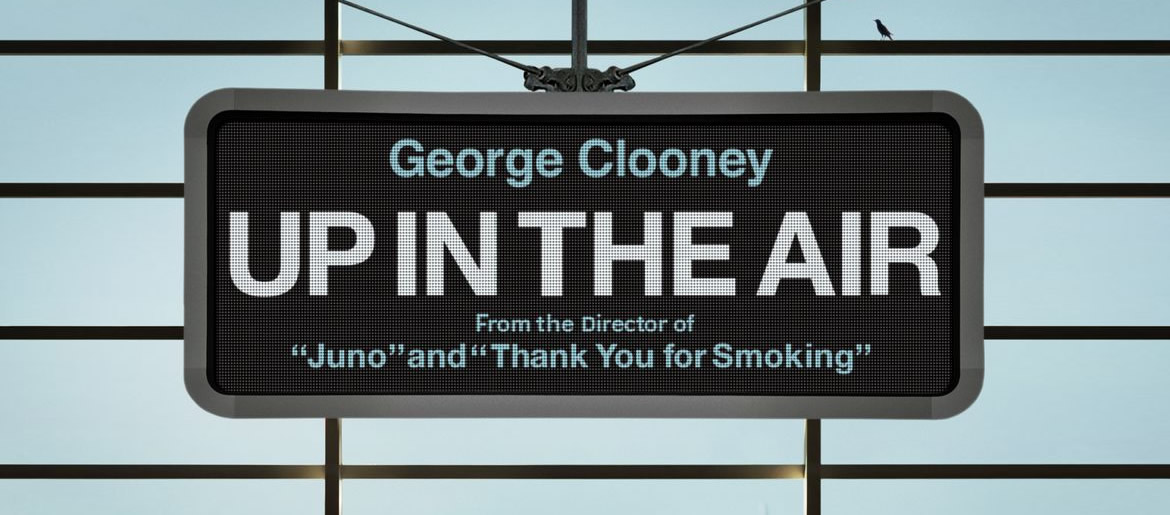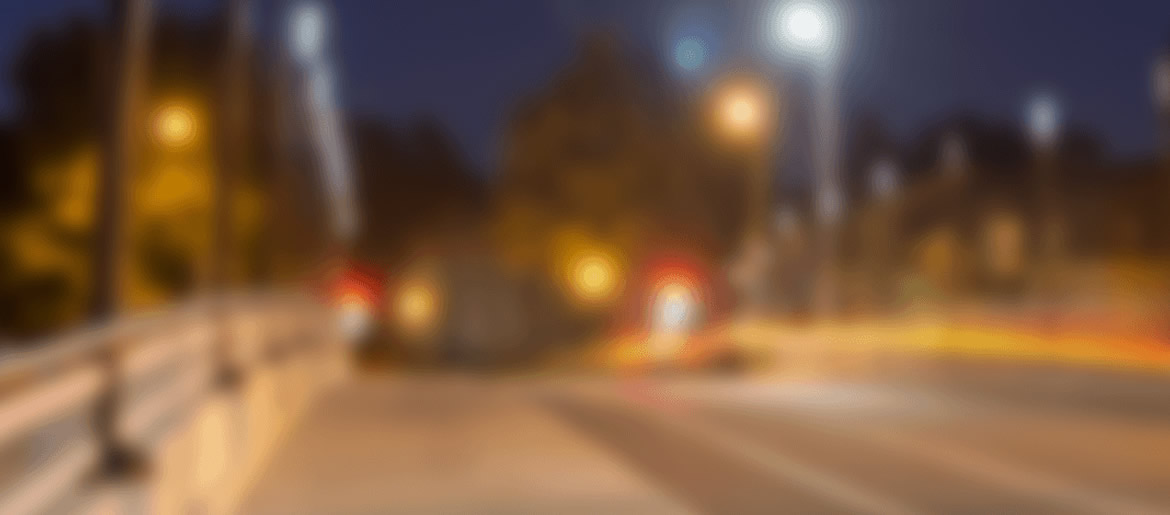It’s been a while since my last post at Week 9. I had just had my first two stitches removed. I had two more stitches removed in May, and two…
I has been about a month since my last post, and almost seven weeks since my surgery. The swelling is pretty much gone, and I don’t have as much sensitivity…
This week was an interesting week. The redness and swelling in my eye is going down and it is starting to look normal again. My vision is still blurry, and…
I’m doing a lot better today. The swelling in my eye is going down and I feel less irritated. I got out of the house for a while today. I…
My story began when I was in elementary school. I was diagnosed as being nearsighted and started wearing glasses in the third or fourth grade. I tried soft contact lenses…


